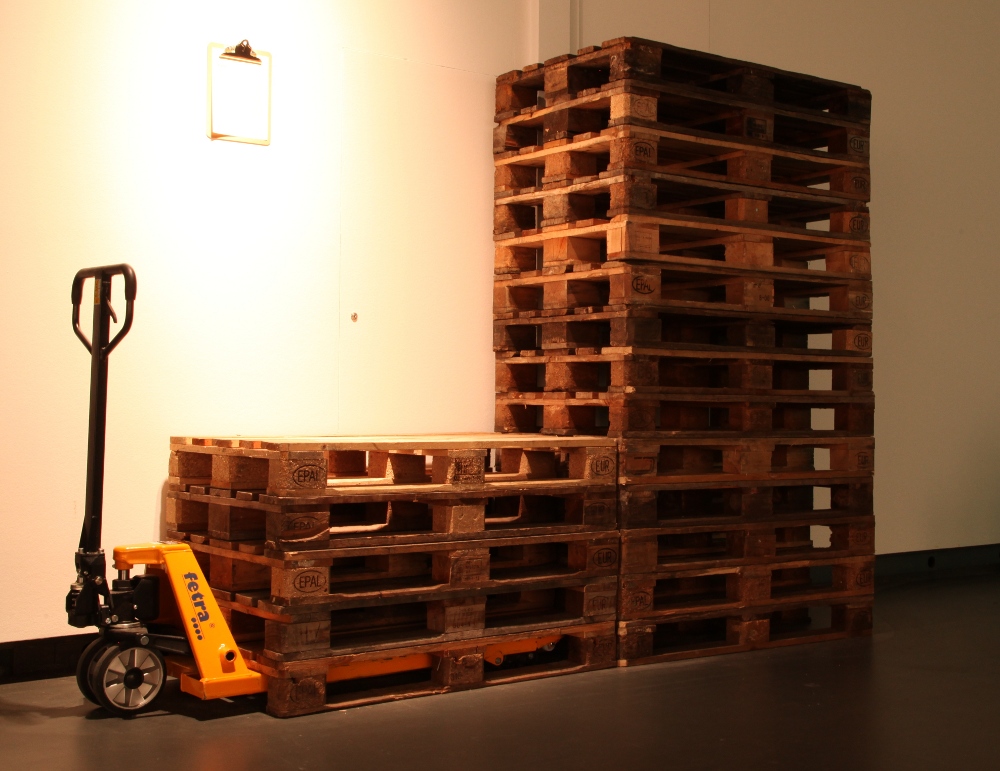Robert Rosen: Essays on Life Itself (1999)
Filed under book | Tags: · algorithm, anticipation, biology, causality, complex systems, complexity, environment, life, machine, mathematics, mind, philosophy of science, physics, science, semantics, systems theory, technology, theory

“In this collection of twenty-two essays, Rosen takes to task the central objective of the natural sciences, calling into question the attempt to create objectivity in a subjective world. The book opens with an exploration of the interaction between biology and physics, unpacking Schrödinger´s famous text What Is Life? and revealing the shortcomings of the notion that artificial intelligence can truly replicate life.
He also refutes the thesis that mathematical models of reality can be reflected entirely in algorithms, that is, are of a purely syntactical character. He argues that it is the noncomputable, nonformalizable nature of biology that makes organisms complex, and that these systems are generic, whereas those systems described by reductionistic reasoning are simple and rare.
An intriguing enigma links all of the essays: ‘How can science explain the unpredictable?'”
Publisher Columbia University Press, 1999
Complexity in Ecological Systems series
ISBN 023110510X, 9780231105101
x+360 pages
Reviews: Bruce J. West (Quarterly Review of Biology, 2001), Donald C. Mikulecky (c1999).
PDF (removed on 2019-10-30 upon request from Judith Rosen)
Comment (0)YoHa, et al.: Evil Media Distribution Centre (2013)
Filed under catalogue, online resource | Tags: · algorithm, art, boredom, bureaucracy, data, database, diagram, drugs, governance, information, media, power, software, theory

“Evil Media Distribution Centre is a response to the book Evil Media (2012) by Matthew Fuller and Andrew Goffey. In that book the authors argue for a broader notion of media and a deeper, more complex understanding of how these grey media influence the way we behave, think and perceive.
‘Grey media’ produce the working environment of administrators, professionals, delivery operatives and arranges the movements and work-arounds of everyone from chief executives to intellectuals or cleaners. They are the background to contemporary society. Using them, getting round their failures, exploiting their specific qualities, forms part of the necessary knowledge of the present day. These things mediate, transform, encode, filter and translate relations. Fuller and Goffey include a broad definition of media to include things like middle management, neurotropic or suppressant drugs that treat the body as an information system, alongside things such as queuing systems or specific algorithms or data–structures.
Assisted by Transmediale, Tom Keene, Anna Blumenkranz and other members of the Open Systems Association, YoHa (Graham Harwood & Matsuko Yokokoji) had invited people to write a text of one hundred words about an object, its genealogy, any key factors that make it amenable to manipulation. This text was then presented together with the object in a cabinet of curiosities that at the same time evoked associations with a distribution centre. A key fact of grey media is its ready quality of dryness, one bordering temptingly on boredom and this is something we asked people to maintain when writing the text.
The project has been installed at Transmediale 2013 in Berlin and The Netherlands Architecture Institute in Rotterdam.” (from YoHa’s statement)
Review: Stephen Fortune (2013).
28 contributions presented in video
All 51 contributions presented in text (use menu on the left)
Stamatia Portanova: Moving without a Body: Digital Philosophy and Choreographic Thoughts (2013)
Filed under book | Tags: · abstraction, aesthetics, affect, algorithm, body, choreography, code, composition, computation, computing, dance, digital, geometry, image, infinity, mathematics, mind, movement, number, object, philosophy, sensation, virtual

“Digital technologies offer the possibility of capturing, storing, and manipulating movement, abstracting it from the body and transforming it into numerical information. In Moving without a Body, Stamatia Portanova considers what really happens when the physicality of movement is translated into a numerical code by a technological system. Drawing on the radical empiricism of Gilles Deleuze and Alfred North Whitehead, she argues that this does not amount to a technical assessment of software’s capacity to record motion but requires a philosophical rethinking of what movement itself is, or can become.
Discussing the development of different audiovisual tools and the shift from analog to digital, she focuses on some choreographic realizations of this evolution, including works by Loie Fuller and Merce Cunningham. Throughout, Portanova considers these technologies and dances as ways to think—rather than just perform or perceive—movement. She distinguishes the choreographic thought from the performance: a body performs a movement, and a mind thinks or choreographs a dance. Similarly, she sees the move from analog to digital as a shift in conception rather than simply in technical realization. Analyzing choreographic technologies for their capacity to redesign the way movement is thought, Moving without a Body offers an ambitiously conceived reflection on the ontological implications of the encounter between movement and technological systems.”
Publisher MIT Press, 2013
Technologies of Lived Abstraction series
ISBN 0262018926, 9780262018920
200 pages
Reviews: Donnarumma (Mute, 2014), Murphy (Afterimage, 2014), Thain (Digicult).
PDF (11 MB)
Comment (0)
